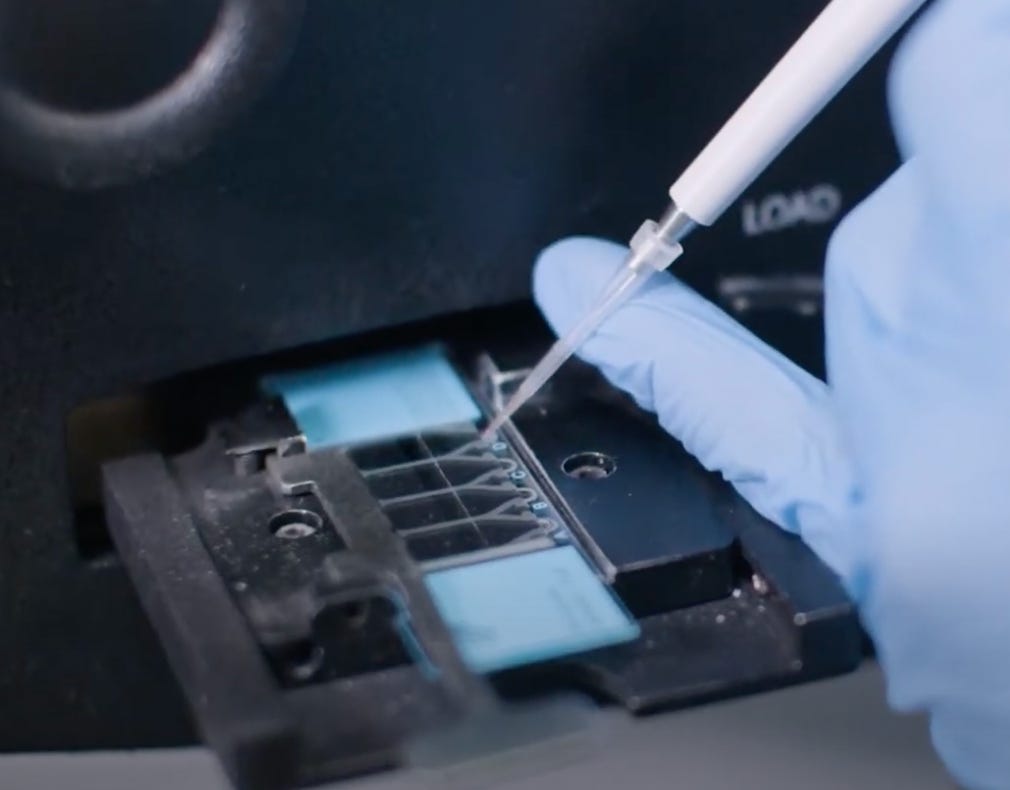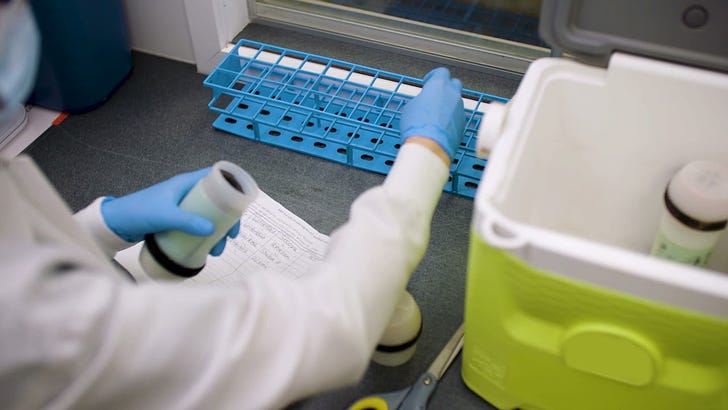Genus Plc And Sex Selection
When research UK Biotech companies I came across Genus Plc. Genus is a company that I’d never heard of, which makes nearly a billion dollars a year from agriculture biotech products.
Which is to say they mostly sell pig and bovine semen.
They have a number of advanced pig products, which come out of their pig pipeline which include genetically modified pigs immune to certain diseases.
But today I want to take a brief look at one of their simpler products, Intelligen sexing technologies. For certain agricultural applications, you just want a single sex. For example if you’re rearing cows for milk herds, you generally only want female offspring.
Genus therefore provide XX semen for inseminating cows. In general this seems to result in ~81% of female offspring as opposed to the roughly 50/50 split you’d see with “conventional semen”.
The website and YouTube videos describe the approach in fairly broad terms. Essentially they say put the semen in a flow systems then detect and fire a laser at Y spermatozoon to destroy it. But how to tell the difference between an X and Y sperm?

It may be that the exact method used in a trade secret, but digging through patents I came across this from 1992. In this patent the authors describe the use of a fluorescent dye1 which binds to AT bonds and which surprisingly doesn’t seem to damage the sperm cells if used at a low enough concentration. The fluorescence change you need to measure is rather small:
The difference in total DNA between X-bearing sperm and Y-bearing sperm is 3.4% in boar, 3.8% in bull, and 4.2% in ram sperm
In the original 1992 patent they used a cell sorted (FACS) machine, to sort X and Y sperm into different tubes. However Genus use a different approach, after detection they just fire a high power laser2 at the X sperm cell making it non-viable.
This they say doing it this way helps maintain semen quality.
While using this approach in animals is one thing… would such an approach work in humans too? There are obvious potential ethical and societal issues, but interestingly I found that the public narrative from OB/GYNs is that it doesn’t work anyway:
To be honest, I would be surprised if it wasn’t at least as effective in humans as it is in other animals. I suspect skepticism may come from the use of Percoll “density based” sorting techniques, which seem dubious to me. Publications also suggest that the Percoll process is less effective than the Inteligen process.
However at least one company (MicroSort) seems to be promoting the use of Semen sorting technologies in humans. Here, using the more traditional cell sorting approach rather than Inteligen’s laser-ablation approach. However, last report I saw suggested that they’d failed for gain FDA approval.
Why Are We Talking About This Anyway?
Well, I just thought it was an interesting application of some fairly basic techniques really!
However biotech applications in agriculture do interest me. In particular as a potential market for sequencing based diagnostics.
Unfortunately everything I read makes me think that these markets are pretty tough. I mentioned that Genus make something near a billion USD. This is great, but it looks like their margins are really small, they make a few 10s of millions at best.
Agricultural users will no doubt pay for a product that results in a higher yield. But users also likely have razor thin margins. Can only afford so much, and will go to the cheapest vendor.
More than this, I suspect that users generally try and put effort in on the front end: Using selected semen, animals engineered to be disease resistant, or broadly applying antibiotics. Rather than more time intensive techniques, like accurately identifying/isolating an infections.
I suspect there are niche’s where sequencing based monitoring and diagnostics might make sense (outside of R&D) in agricultural applications. But it feels like they are likely relatively small…
Hoechst bisbenzimide H33342 fluorochrome
potentially I imagine you could use the same laser for excitation and ablation.


